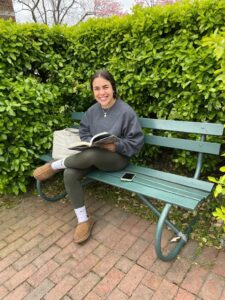Environmental stewardship is part of George School’s Quaker identity. In fact, George School has been “green” since before green was green. The most dramatic case of innovative, sustainable reuse happened in the 1970s when Philadelphia’s Twelfth Street Meetinghouse, built in 1812, was saved from destruction and moved thirty miles north of Philadelphia and reassembled on the George School campus.
The George School campus is the meetinghouse’s third home. It is first built at 2nd and Market streets in Philadelphia in 1755. When that part of Old City becomes too noisy for comfort, the building is demolished. Much of its woodwork is used in a new meetinghouse built in 1812 on 12th Street, between Market and Chestnut, then in the western suburbs.
In the early 1970s the meetinghouse is saved from complete demolition when the building is delivered to George School in pieces, including eight sixty-foot hand-hewn roof trusses, five doorways with doors, porches and marble steps, exterior trim, thirty windows with shutters, benches and cushions, interior wainscoting, flooring, and a large pile of bricks. Charles Hough ’44, the architect, calculates that about 75 percent of the old brick is salvaged, washed down, and blended with new brick.
Inside is a soaring space of rough beams and creamy white. Benches, and the people who sit in them, face the center and therefore each other, not a pulpit.
Some people call the meetinghouse the school’s spiritual center, but it is really more a spiritual practice facility where the community shows up, sits down, tunes out distractions, and looks within. For this purpose it has all the right bells and whistles—which is to say none, save understated beauty. Somehow the building just seems to bring together the spiritual vitality of those gathered, focuses it, and sends it out with them again.


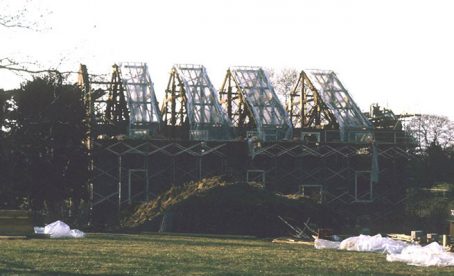

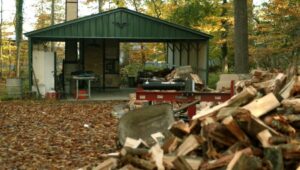


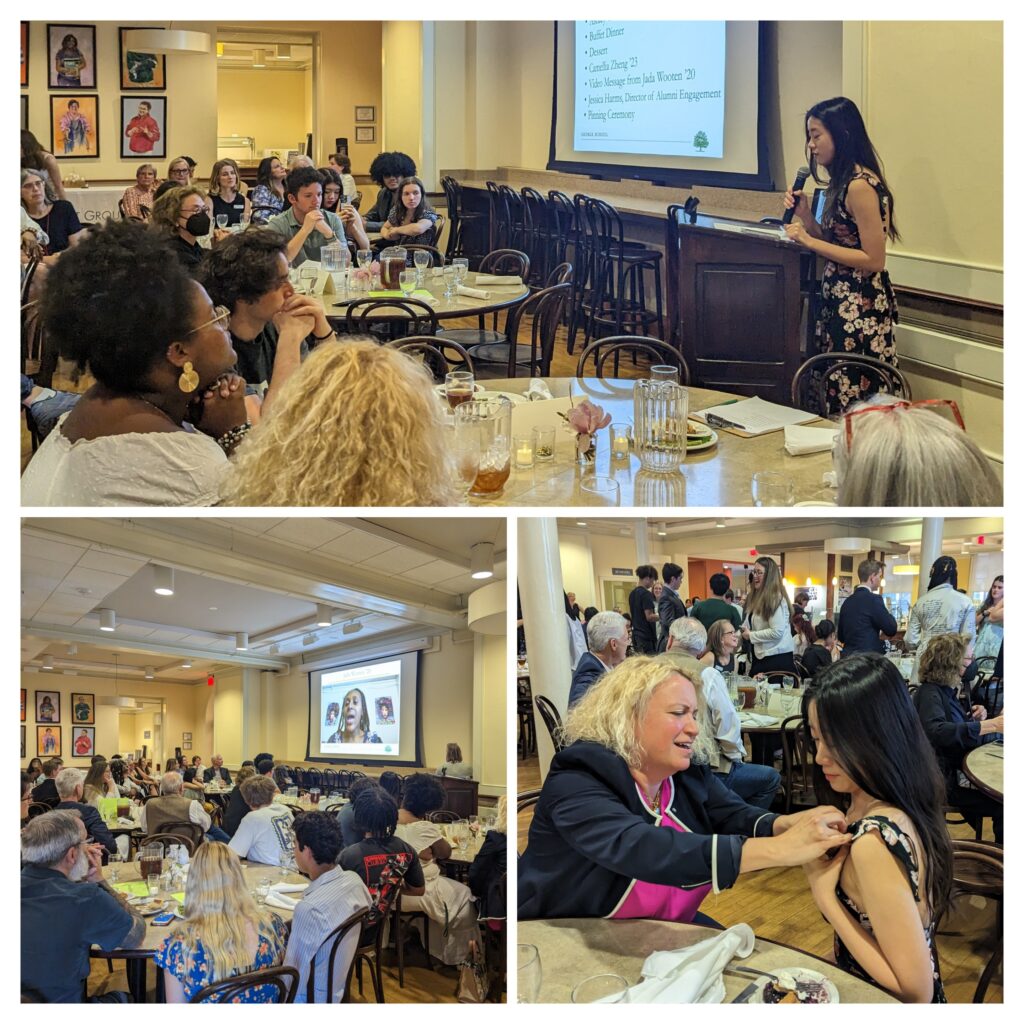




 Monastir, Tunisia, and Amman, Jordan
Monastir, Tunisia, and Amman, Jordan Irvine, CA
Irvine, CA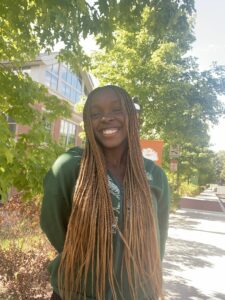 Feasterville-Trevose, PA
Feasterville-Trevose, PA New Hope, PA (Previously NYC)
New Hope, PA (Previously NYC)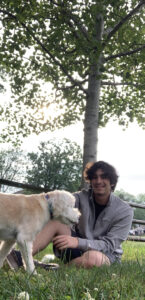 Richboro, PA
Richboro, PA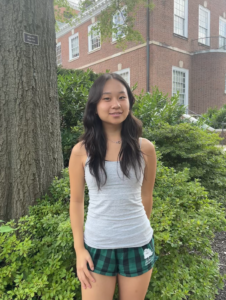 Englewood, NJ
Englewood, NJ Ningbo, Zhejiang, China
Ningbo, Zhejiang, China Willingboro, NJ
Willingboro, NJ Yardley, PA
Yardley, PA Newtown, PA
Newtown, PA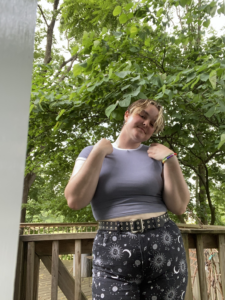 Holicong, PA
Holicong, PA Newtown, PA
Newtown, PA Hamilton, NJ
Hamilton, NJ Yardley, PA
Yardley, PA Lambertville, NJ
Lambertville, NJ Chongqing, China
Chongqing, China Pennington, NJ
Pennington, NJ Yardley, PA
Yardley, PA Bensalem, PA
Bensalem, PA Borgota, Colombia
Borgota, Colombia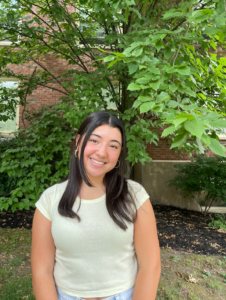 Newtown, PA
Newtown, PA Burlington, NJ
Burlington, NJ Langhorne, PA
Langhorne, PA Princeton, NJ
Princeton, NJ Langhorne, PA
Langhorne, PA New York City, NY
New York City, NY New Hope, PA
New Hope, PA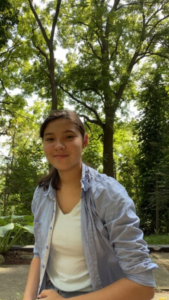 St. Catharines, Ontario, Canada
St. Catharines, Ontario, Canada Providenciales, Turks and Caicos Islands
Providenciales, Turks and Caicos Islands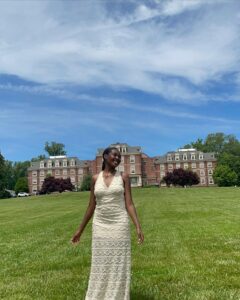 Willingboro, NJ
Willingboro, NJ Princeton, NJ
Princeton, NJ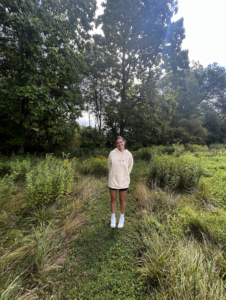
 Newark, NJ
Newark, NJ Trenton, NJ
Trenton, NJ Newtown, PA
Newtown, PA
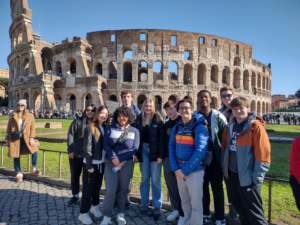
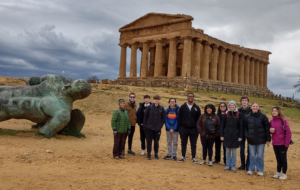
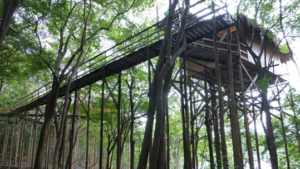
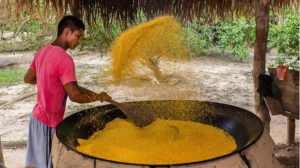

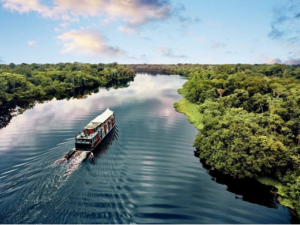
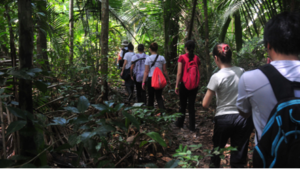
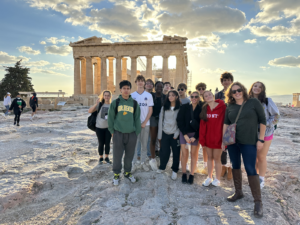
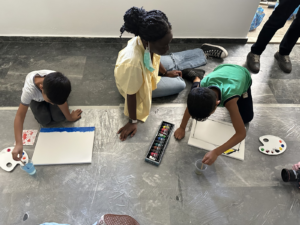
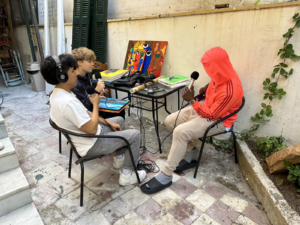

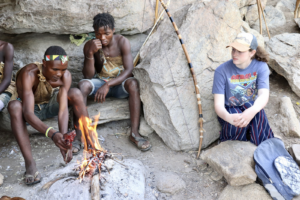
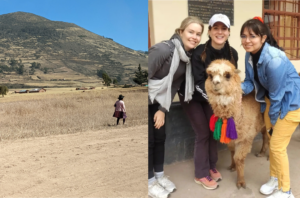

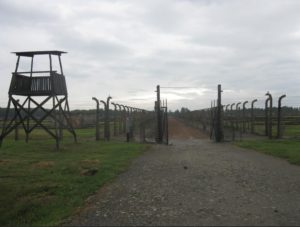
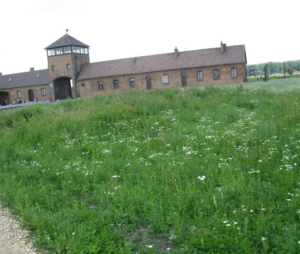
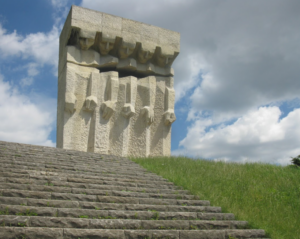

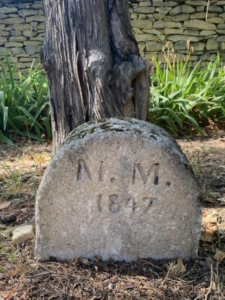
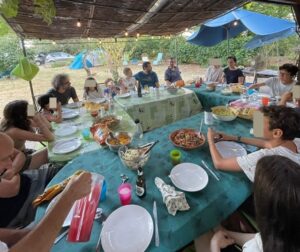
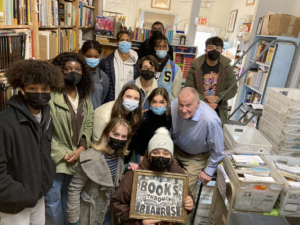
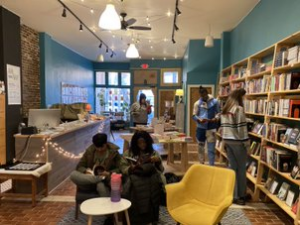
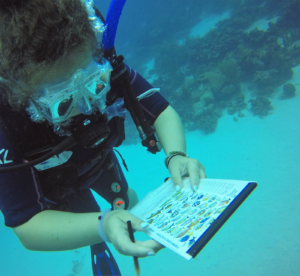

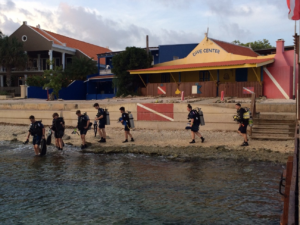
 Lawrence, NJ
Lawrence, NJ Seoul, South Korea
Seoul, South Korea
 Milwaukee, Wisconsin
Milwaukee, Wisconsin Pennington, NJ
Pennington, NJ Jenkintown, PA
Jenkintown, PA Ottsville, PA
Ottsville, PA Yardley, PA
Yardley, PA Providenciales, Turks and Caicos Islands
Providenciales, Turks and Caicos Islands Hopewell, NJ
Hopewell, NJ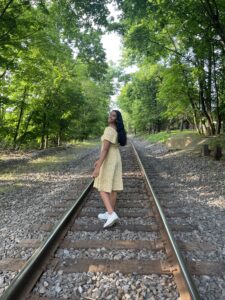
 Pottstown, PA
Pottstown, PA Playa del Carmen, Quintana Roo, México
Playa del Carmen, Quintana Roo, México Shanghai, China
Shanghai, China Beijing, China
Beijing, China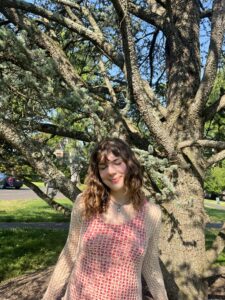 Yardley, PA
Yardley, PA Beijing, China
Beijing, China Holland, PA
Holland, PA Langhorne, PA
Langhorne, PA Ringoes, NJ
Ringoes, NJ New Hope, PA
New Hope, PA Dreshner, PA
Dreshner, PA Yardley, PA
Yardley, PA Yardley, PA
Yardley, PA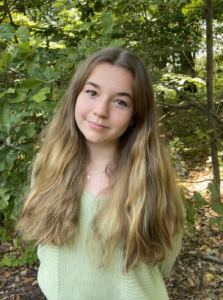 PA
PA


 Xi’an, China
Xi’an, China
